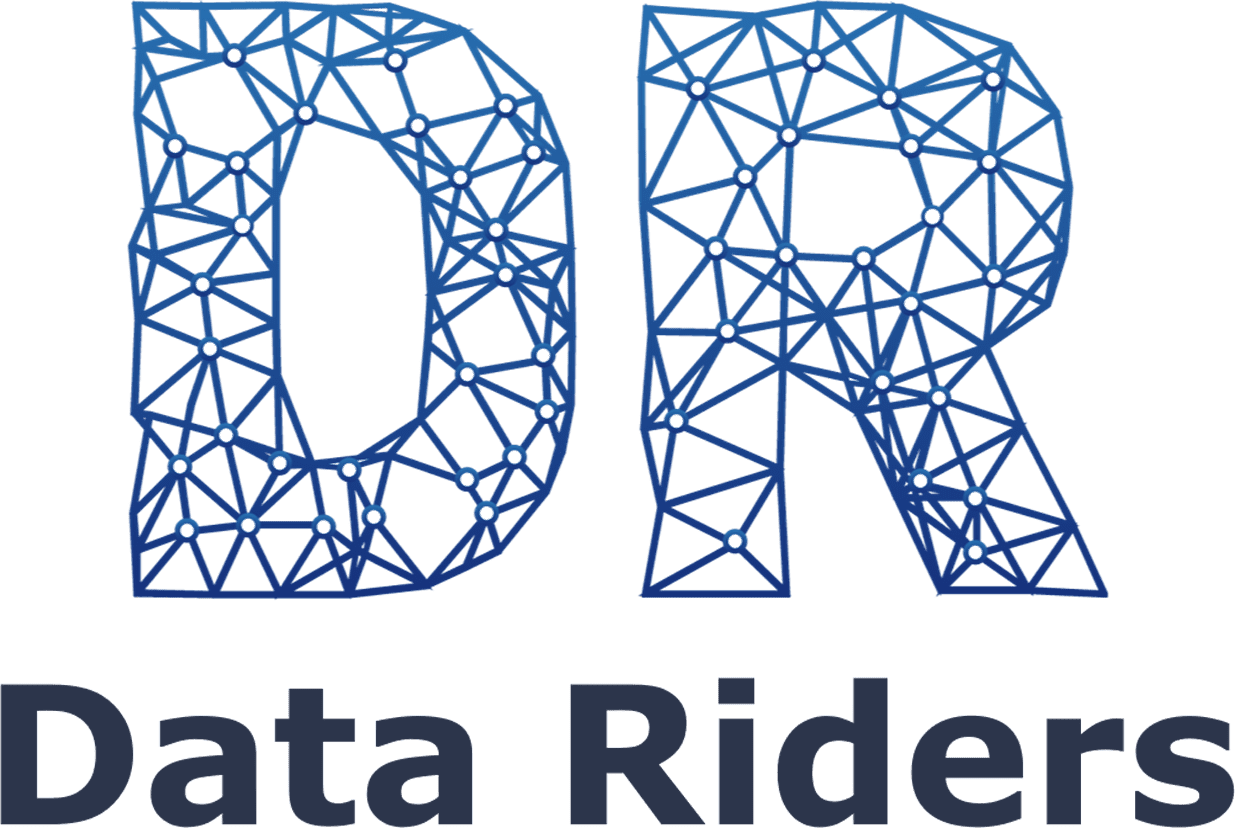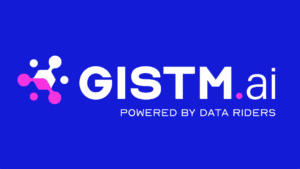TSM Protocol
In an era where ethical practices directly impact the reputation and success of companies, the mining sector is making a firm commitment to the eradication of child and forced labor. This commitment is reflected in the Prevention of Child and Forced Labour Protocol, a key component of the Mining Association of Canada’s (MAC) Towards Sustainable Mining (TSM) initiative.
Key principles of the protocol
The protocol was developed as a robust framework that aims to ensure respect for fundamental human rights, especially with regard to the prevention of child and forced labor, as established by International Labor Organization (ILO) Conventions 29, 138 and 182.
These conventions address forced labour, the minimum age for work and the worst forms of child labour, setting out clear moral and operational guidelines for companies in the mining sector.
The protocol defines two specific indicators that guide companies to ensure that their operations and supply chains are free of these practices.
Indicator 1: Prevention of forced labour
It requires mining companies to implement processes compatible with jurisdictional risks, ensuring that no form of forced labor is used — including debt labor, involuntary servitude, or involuntary prison labor.
In high-risk regions, this indicator extends to supply chain and recruitment agency surveillance, looking for signs of human trafficking and forced labor.
Indicator 2: Prevention of child labour
It requires companies to establish and enforce effective processes to prevent the employment of children under the age of 15 and to ensure that adolescents under the age of 18 do not perform work that endangers their health, safety, or morals, in accordance with current national legislation.
Like other TSM protocols, these indicators are evaluated using a Yes/No scale. To receive a “Yes” rating on an indicator, all criteria must be met.
The effectiveness of these actions does not depend only on good intentions. A structured verification process, with interviews, document review and field observations, ensures that mining operations and their supply chains comply with the protocol. This method reflects an important shift in the industry: from simply managing risks to actively preventing them.
Dealing with Complexity: Challenges and Solutions
The protocol recognizes the complexity of mining operations and supply chains, especially in regions where child and forced labor is most prevalent. Therefore, it promotes due diligence and risk mitigation actions throughout the chain, reinforcing the broader role of the industry in the ethical responsibility of operations.
For executives and industry experts, the protocol is an invitation to continuous improvement, ensuring that mining not only meets but exceeds global standards of ethical practices.







